ANS in passage to India
The Society opens its 9th international section
-3 2x1.jpg)
A message from Curtiss-Wright
High-Temperature neutron flux detectors for Generation IV reactors and SMRs
The Society opens its 9th international section
 The 39th Carnival of Nuclear Energy Blogs is up at CoolHandNuke. The carnival features blog posts from the leading nuclear bloggers in the United States.
The 39th Carnival of Nuclear Energy Blogs is up at CoolHandNuke. The carnival features blog posts from the leading nuclear bloggers in the United States.
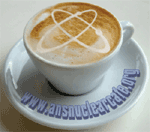 Don't miss a post! The ANS Nuclear Cafe includes ANS member perspectives on a range of timely nuclear topics and activities. Subscribe by entering your email address in menu to the right under ANS Nuclear Cafe Email Subscription Service.
Don't miss a post! The ANS Nuclear Cafe includes ANS member perspectives on a range of timely nuclear topics and activities. Subscribe by entering your email address in menu to the right under ANS Nuclear Cafe Email Subscription Service.
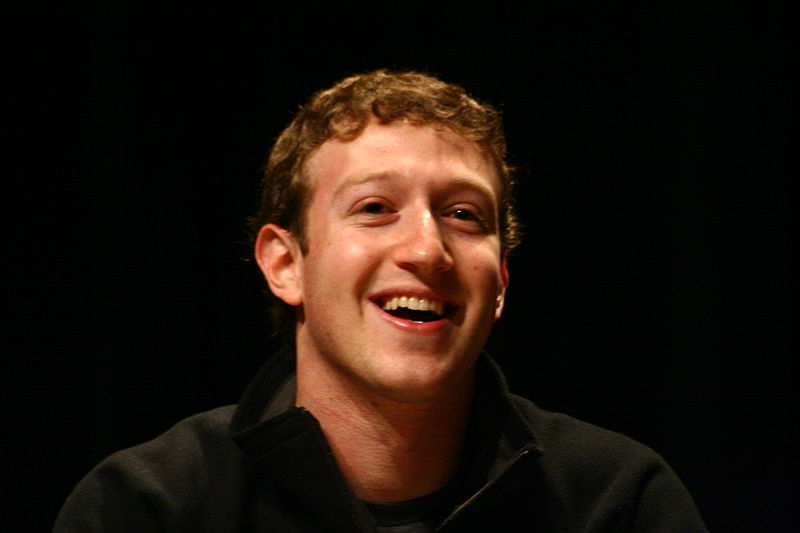
Zuckerberg
When Mark Zuckerberg created Facebook in 2004, it can be assumed that he did not imagine himself becoming Time's 2010 Person of Year; he simply wanted to make friends. As a member of the generation that has fully embraced the use of Facebook, I can proclaim that social networking has become a strong part of how I develop my connections with those I meet, both inside and outside the nuclear industry. That Facebook exists only so that teenagers can post whatever floats into their heads-as some Facebook detractors believe-is a huge misconception. On the contrary, I hope that this post helps to explain why we must use social networking sites such as Facebook to our advantage in the new era of nuclear power and technology.
By Suzanne Hobbs
The View from Vermont

The ANS 2011 Student Conference, Living in the Heartland of the Nuclear Renaissance, will be hosted by the ANS Student Section from Georgia Institute of Technology at the Hyatt Regency in Atlanta, April 14-17, 2011. Registration for the conference is now open.
The 38th Carnival of Nuclear Energy Blogs is up at Canadian Energy Issues. The carnival features blog posts from the leading U.S. nuclear bloggers and is a roundup of featured content from them.
But first EdF and Areva have to get organized at home
 Happy Groundhog Day! This doesn't actually count as a holiday, but at the very least it is the one day each year that every American can devote to the contemplation of quantum physics. Can there be any bigger fun than that?
Happy Groundhog Day! This doesn't actually count as a holiday, but at the very least it is the one day each year that every American can devote to the contemplation of quantum physics. Can there be any bigger fun than that?
For the majority of human history, people used their own muscles to provide almost all of the work required for survival and development. A thin slice of humanity achieved a moderate amount of personal comfort and leisure because they were able, often through an accident of birth, to control a portion of the daily work output of hundreds to thousands of their fellow humans. The only sources of work-in the engineering sense-that were not either human or animal muscle came from capturing falling water or intermittently by capturing the breezes through devices like cloth sails or wind mills.
Eric Loewen, the American Nuclear Society's vice president/president-elect, appeared on the Fox News Charlotte (North Carolina) television show on January 28 to promote new nuclear energy as part of the push in the United States for clean energy technologies.
From high in orbit above planet Earth... to the dusty surface of the moon... to the stunning cloud tops and moons of Jupiter... to the dazzling rings of Saturn... even to the darkness at the edge of interstellar space-nuclear technology has made possible incredible journeys to extraordinary destinations in our Solar System, and opened doors to some of the most profound discoveries of all time. Yet, the future of nuclear technology for space exploration promises even more remarkable journeys and more amazing discoveries.
 The 37th Carnival of Nuclear Energy Bloggers is now up at Idaho Samizdat.
The 37th Carnival of Nuclear Energy Bloggers is now up at Idaho Samizdat.
 In his State of the Union speech on January 25, President Barack Obama advocated a Clean Energy Standard that includes natural gas as well as renewables, nuclear and "clean coal." In my previous post on Clean Energy Standards, I said that if the standard were expanded to include natural gas generation, then the required clean energy percentage would have to be increased substantially in order for the policy to remain meaningful, particularly if gas is given "full credit" (i.e., is treated no differently than non-emitting generation).
In his State of the Union speech on January 25, President Barack Obama advocated a Clean Energy Standard that includes natural gas as well as renewables, nuclear and "clean coal." In my previous post on Clean Energy Standards, I said that if the standard were expanded to include natural gas generation, then the required clean energy percentage would have to be increased substantially in order for the policy to remain meaningful, particularly if gas is given "full credit" (i.e., is treated no differently than non-emitting generation).
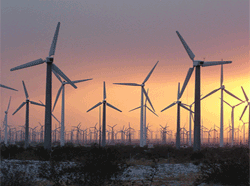 It is often stated that since no one can charge money for the wind, wind-generated electricity is free. This is not true. A modern wind turbine, which can generate 2 megawatts of electricity (MWe) when the wind is blowing, costs about $3.5 million installed. Five hundred of these turbines installed at a wind farm, to be able to generate 1000 MWe, would cost $1.75 billion. Add in other costs, such as for operation and maintenance (O&M) and transmission lines, and the total sum could match the approximate $4 billion required to build a nuclear plant.
It is often stated that since no one can charge money for the wind, wind-generated electricity is free. This is not true. A modern wind turbine, which can generate 2 megawatts of electricity (MWe) when the wind is blowing, costs about $3.5 million installed. Five hundred of these turbines installed at a wind farm, to be able to generate 1000 MWe, would cost $1.75 billion. Add in other costs, such as for operation and maintenance (O&M) and transmission lines, and the total sum could match the approximate $4 billion required to build a nuclear plant.
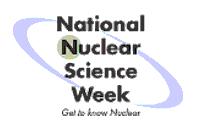 Excelsior College on Wednesday, January 26, is hosting a webinar, Can the U.S. Catch the World in the Nuclear Power Race? which will bring together scholars and nuclear technology practitioners from across the United States for a panel discussion on the subject matter. The event is being held in conjunction with National Nuclear Science Week.
Excelsior College on Wednesday, January 26, is hosting a webinar, Can the U.S. Catch the World in the Nuclear Power Race? which will bring together scholars and nuclear technology practitioners from across the United States for a panel discussion on the subject matter. The event is being held in conjunction with National Nuclear Science Week.
National Nuclear Science Week, January 24-28, is underway across the United States and is being promoted in Minnesota with activities that include tours of PaR Nuclear's facility, a student essay competition, and trivia contests.
View from Vermont
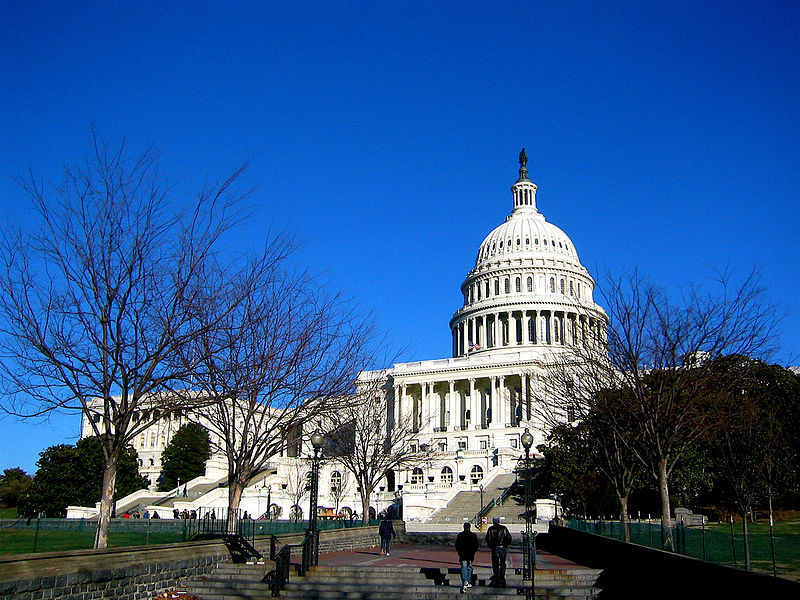 Leading figures from Congress, the commercial nuclear industry, and academia will convene on January 27 on Capitol Hill in Washington, D.C., to detail the contributions of nuclear technology and the possibilities associated with education in nuclear science. Senate Energy and Natural Resources Committee Chairman Jeff Bingaman (D., N.M.) will be the featured speaker at a discussion of the contributions, innovations, and opportunities that can be found by exploring nuclear science.
Leading figures from Congress, the commercial nuclear industry, and academia will convene on January 27 on Capitol Hill in Washington, D.C., to detail the contributions of nuclear technology and the possibilities associated with education in nuclear science. Senate Energy and Natural Resources Committee Chairman Jeff Bingaman (D., N.M.) will be the featured speaker at a discussion of the contributions, innovations, and opportunities that can be found by exploring nuclear science.